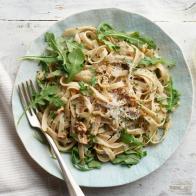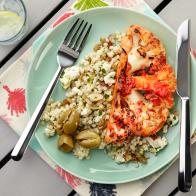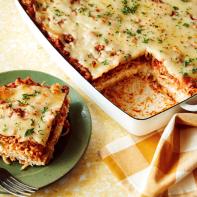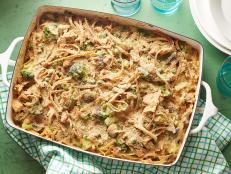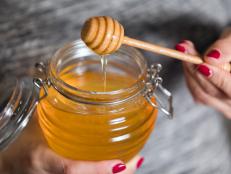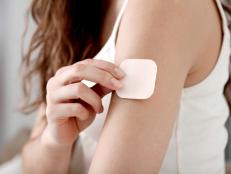Everything You Need to Know About Safely Using a Community Fridge
With the right food safety measures, community refrigerators can be safe to use and donate to.

FREDERIC J. BROWN/Getty Images
Reduce food waste (check), feed the hungry (check), reduced food insecurity (check)! Community refrigerators are popping up all over the country as a response to the growing rates of food insecurity in America. As prices rise at the grocery store, it can become harder for many families to put food on the table. Community refrigerators aim to solve this problem in a community-based way. Here's what you need to know about participating in a community fridge near you.
What Is a Community Fridge?
The basic concept is simple: A refrigerator is set up in areas of need; community members can take what they need and even leave something they don't need behind. Volunteers help to stock, clean and maintain these friendly fridges, neighbors and good Samaritans stock the fridge with what they can source. Some organizations partner with local restaurants to help repurpose items that would otherwise get thrown away. Clancy Cash Harrison, registered dietitian and founder of The Food Dignity Project, has extensive experience with food insecure areas and believes these fridges can make a difference. "Hunger does not have a vaccine and will get worse as people turn on their heat this winter," says Harrison. "Community refrigerators normalize access to nourishing food with dignity. It is amazing to see our society join forces to lift each other up during difficult times."
Community fridges are popping up all over the country, and one of the leaders in the community fridge movement, freedge.org, documents set-ups all over the world, from America to New Zealand. Urban areas in California and New York City are leading the U.S. community fridge movement and in recent months, more and more fridges are being established to help those impacted by lockdowns and other restrictions in the wake of the pandemic. In Our Hearts, a New York-based organization continues to set up a fridges and other food share programs throughout the five boroughs.
Are Community Refrigerators Safe?
As long as the food is properly maintained, and the people donating to and using the fridge wear masks, wash hands and follow pandemic safety protocols, community refrigerators can be a safe solution. And while this sounds simple enough, it's no small task.
Properly storing foods is imperative to keeping it safe. Furthermore, spillage and cross-contamination can be difficult even in a home kitchen. It is vital that community members take care of these fridges and that someone is responsible for not only keeping them clean, but making sure they are maintaining the proper temperature to keep food safe. Harrison expresses similar concerns. "As the president of a large food pantry, I do have concerns about food safety and inappropriate food donations," she says. "The sponsors of the community refrigerators must monitor and maintain appropriate food safety temperatures of the refrigeration units.”
The responsibility ultimately comes down to the sponsors and the members of the community who partake in fridge offerings. "It is important that sponsors also inspect all food donations for expiration dates and that the food is properly sealed," adds Harrison. "A good rule to follow if you are donating to a community refrigerator, donate food you want to eat yourself."
In some areas, fridge set-ups may be in violation of local health codes, so those willing and able to launch a fridge operation are encouraged to check with the local health department before opening. Food sharing enthusiasts should also be sure to have enough manpower to maintain the upkeep.
Where Can I Find a Fridge?
Whether you want to set up a fridge or donate to one in your area, check with the local health department or the freedge.com database. There may be a community fridge operation in your backyard and if there isn’t, you may be able to start one.
Dana Angelo White, MS, RD, ATC, is a registered dietitian, certified athletic trainer and owner of Dana White Nutrition, Inc., which specializes in culinary and sports nutrition. She is the author of four cookbooks First Bites: Superfoods for Babies and Toddlers, The Healthy Air Fryer Cookbook, The Healthy Instant Pot Cookbook and Healthy Quick and Easy Smoothies.
*This article was written and/or reviewed by an independent registered dietitian nutritionist.
Related Links:
